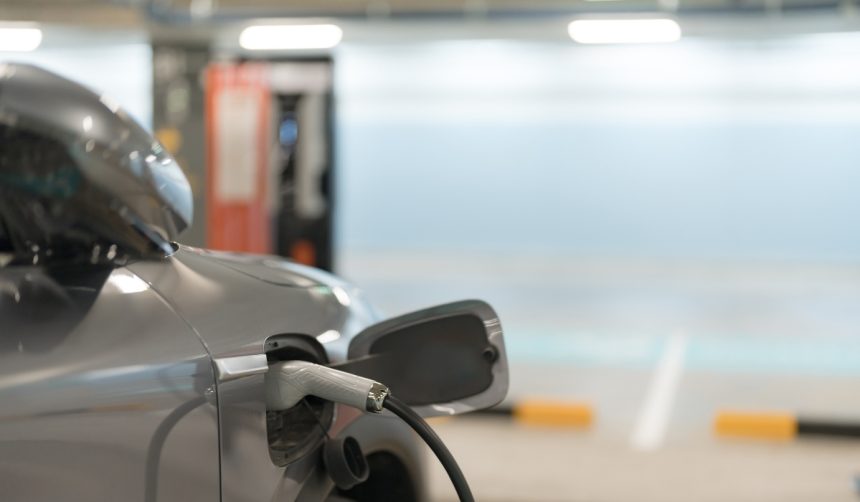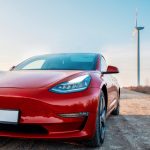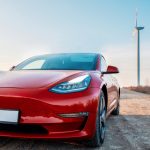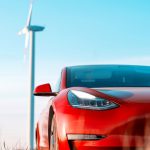Luxury automakers, once insulated from economic shifts, now feel mounting pressure as consumer caution sweeps across markets. The recent billion-dollar loss at Porsche signaled not just a company-specific challenge but highlighted broader issues in the high-end automotive landscape. As interest rates rise and global uncertainty increases, even renowned brands like Porsche encounter slowed sales and major strategic reconsiderations. Historically considered a pillar among Volkswagen Group’s holdings, Porsche grapples with declining demand and operational changes amid this shifting landscape.
Examining earlier reports, Porsche’s position had previously seemed unassailable, buoyed by steady growth in China and widespread aspiration for its vehicles. However, recent quarters have seen emerging issues like tariffs, weakened demand in Asia, and supply chain complications, all compounding to pressure earnings. While earlier stories documented strong electric vehicle ambitions and solid performance for models like the Taycan, persistent software challenges and slower customer adoption rates contradicted expectations. The appointment of a new CEO also marks a significant management turn compared to the stability reported in previous years.
What caused Porsche’s financial slump?
Porsche reported a €966 million ($1.1 billion) quarterly loss, marking its first substantial financial setback in recent memory. The company identified reduced demand in China, sluggish electric vehicle sales, and escalating tariff costs as core factors. Notably, operating profit nosedived by 99 percent over the first nine months of 2025, reflecting deeper challenges in both emerging and traditional markets. Other luxury automakers such as BMW and Mercedes-Benz reported facing similar headwinds, showing the difficulties are not isolated to Porsche alone.
How has Porsche adjusted its electric vehicle strategy?
Responding to softer-than-expected electric vehicle adoption, Porsche scaled back its electrification goals and paused several EV projects. The company’s first EV, the Taycan, experienced software and battery hurdles, while the Macan EV’s launch suffered years-long delays. Porsche issued a statement detailing their reassessment:
The previous targets for electrification were overly ambitious given current market conditions.
Unlike rivals pushing forward with new electric models, Porsche now plans to strengthen its offerings of internal combustion and hybrid vehicles.
Can luxury brands withstand slowing global demand?
The downturn extends beyond automobiles, impacting fashion, accessories, and other luxury sectors. Bain & Company forecasts luxury markets to “normalize” amidst persistent economic turbulence and cultural shifts. Interbrand’s recent findings indicate that Porsche’s brand value dropped by 14 percent this year, ranking among broader declines for personal luxury brands. In addressing these developments, Porsche commented:
We are closely monitoring shifts in consumer preferences and adjusting our strategies accordingly.
Rising costs, changing buying attitudes, and geopolitical stressors all contribute to an uncertain environment for high-end producers.
Recent performance and leadership changes contrast with the company’s relatively stable climb in prior years. Shifting consumer attitudes and economic softening in key regions, notably China, force Porsche and its competitors to reconsider longstanding growth assumptions. Paused EV rollouts, strategic management changes, and lower profits suggest a substantial recalibration for luxury automakers. With Michael Leiters stepping in as the new CEO after Oliver Blume’s tenure, Porsche’s leadership is expected to navigate these turbulent conditions using a cautious approach, balancing heritage with new expectations.
Porsche’s current challenges reflect a confluence of global economic forces, shifts in consumer sentiment, and operational hurdles tied to electrification efforts. Buyers of high-end vehicles, previously undeterred by price, now display more cautious behavior, affecting demand across markets and segments. For consumers and investors interested in the luxury automobile sector, it is important to track broader market signals, like credit availability and regulatory changes, as these likely will continue to impact results for brands such as Porsche, BMW, and Mercedes-Benz. Adaptation to these realities may involve a greater mix of hybrid models, pricing strategies tailored to different regions, and more flexible production strategies. Discerning market watchers should note that while heritage and brand value maintain influence, resilience in the luxury market now rests more heavily on nimble adaptation and accurate anticipation of consumer shifts.










